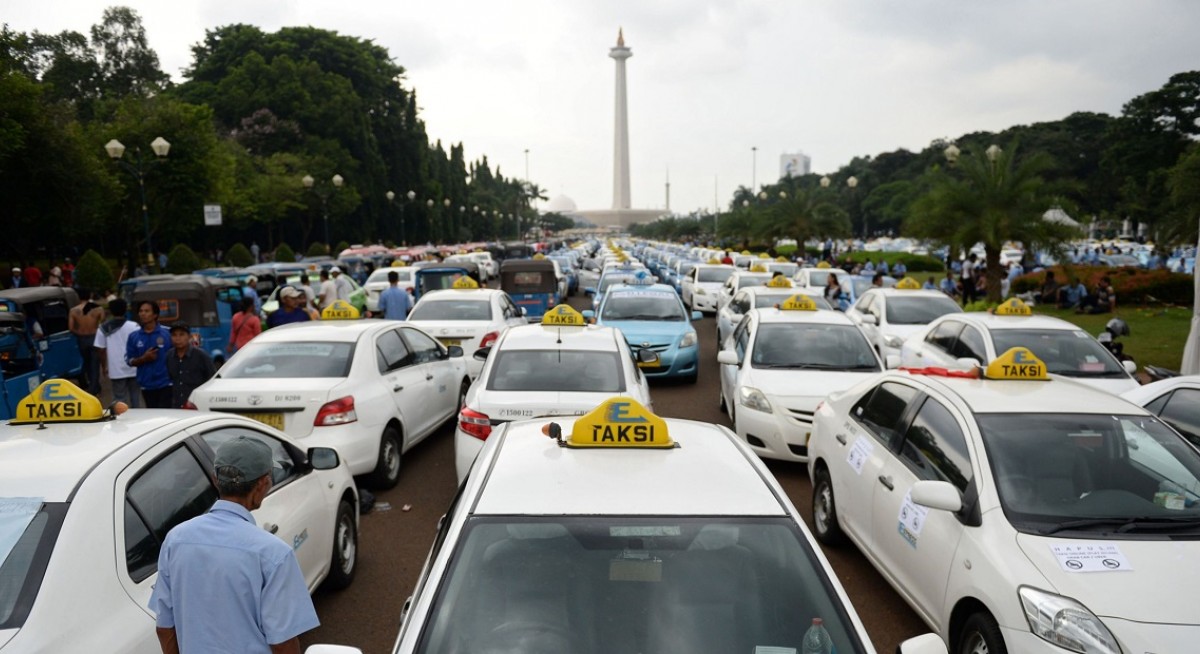The ghosts of that catastrophe may be among us. A few days ago, the Japanese yen dived to a 20-year low against the US dollar. A further depreciation of the yen could spark a crisis not seen since 1997.
A further fall in the yen could prompt China to intervene. If the yuan depreciates to match the yen, that could spark contagion.
In 1997, China was unscathed from the crisis. It kept the yuan pegged to the dollar. This time may be different, as China’s exports are weak. A depreciation could be viewed as the means of spurring the economy.
Most readers may be too young to remember 1997. The Asian collapse was unlike anything that has followed since.
See also: Emerging market stocks rise every month this year, first time since 1993
1997 Asian contagion
The crisis had its roots in the flood of hot money that had entered the region since 1980s. In 1997, Thailand, Indonesia and South Korea had massive current account deficits.
It came completely out of the blue — like a thief in the night. Asia’s boom was in full swing in the summer of 1997. Fund managers were rushing to the brave new asset class.
See also: Bulls seeing piling into emerging markets as momentum returns
Investing in Asian stock markets had been a bonanza. Since 1990, the MSCI ex-Japan Asia Index had returned 40%.
In early July, few people had inkling of the disaster. It was unthinkable that the MSCI exJapan Asia would lose 90% of its US dollar value by the end of 1998.
After Thailand broke the US dollar peg on July 2, a vile contagion followed. It spread like Covid from country to country. Thailand and Malaysia were followed by South Korea.
Indonesia was worst hit. The rupiah went from IDR2,438 per USD to IDR12,750 per USD — a drop of 81%. In July, the largest company on the Jakarta Stock Exchange (JSE), PT Telekom had a market capitalisation of US$4 billion.
By the end of 1997, the entire JSE was worth just US$3 billion! The loss of wealth was rare in the history of capitalism.
Lessons from the street
The lessons from the crisis are best viewed at a micro level. In fact, investors should focus on a taxi company to mark the anniversary. The company is not Grab Holdings or ComfortDelGro. It is a company that is long forgotten. It nearly went bust in 1997.
Sink your teeth into in-depth insights from our contributors, and dive into financial and economic trends
PT Steady Safe, an Indonesian taxi operator, symbolises the devastation of the crisis. Its founder Jolie Widjaja had a swagger bordering on arrogance. Widjaja was known to be a corporate raider. He had cornered a taxi licence using his connections. His killer pitch was the shortage of taxis would ensure a doubling of profits every two years.
Indeed, PT Steady Safe had a vice-like grip on Indonesia’s taxi business. It had a network of over 3,300 taxis in the Jakarta area. This was before the ride-hailing era. In fact, cellphones had just started. Taxis had to be booked using a radio booking system. The taxis could also be hailed off the street.
However, the company was neither steady nor safe. There was a fundamental problem with its balance sheet. It had a currency mismatch. Almost the entirety of its US$265 million debt was in US dollars. The taxi fares were paid in Indonesian rupiah, not the greenback. When the rupiah collapsed in 1997, Steady Safe was nearly wiped out. Its debt obligations had risen five-fold. The company managed to restructure and is still around.
The region has reformed since 1997. Most Asian economies are also running current account surpluses. There are also restrictions on US dollar borrowing in unproductive sectors.
Yet, a currency shock cannot be ruled out. US interest rates have risen to a 10-year high, as was the case in 1997. The yen has weakened as a result. The ghosts of a heavily-indebted taxi company may be lurking somewhere.
Nirgunan Tiruchelvam is head of consumer sector equity at Tellimer and author of Investing in the Covid Era. He does not hold any position in the stocks mentioned in this column




